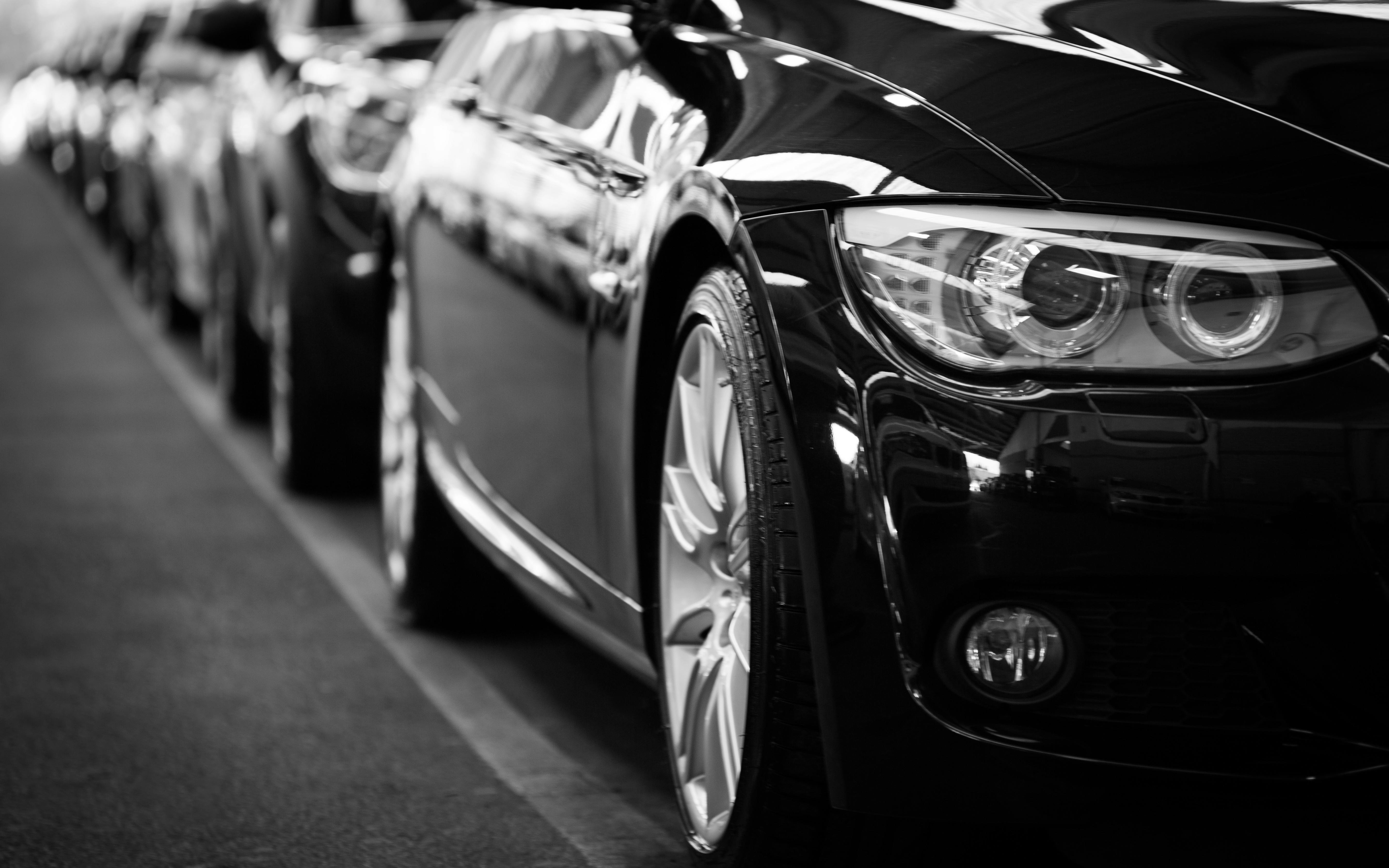The major trend of lightweighting in electric vehicles: the potential for energy savings and carbon reduction with hollow glass beads!
In an era where environmental concerns are increasingly prioritized, reducing the weight of electric vehicles has become a key objective for automobile manufacturers.
But how can this be achieved? It requires collaborative efforts from various material manufacturers, and hollow glass microspheres emerge as an excellent material choice!

Automobile lightweighting is one of the directions of technological development, and major countries are implementing policies to reduce vehicle weight. In the United States, more stringent fuel consumption standards were introduced in 2022. While the previous policy set the standard at 40 miles per gallon in 2021 and aimed for 43 miles per gallon by 2026 under the Trump administration, President Biden's new policy significantly raised the target to 55 miles per gallon, requiring a 27% reduction in future vehicle fuel consumption. Additionally, in the United States, vehicles sold in the future must be energy-efficient or electric cars.
The Chinese government has mandated a reduction in vehicle weight as a significant strategy in the country's automotive industry development. Using 2015 vehicle weight as a baseline, China requires a 15% reduction by 2020, 30% by 2025, and 35% by 2030.
Below are some examples of using hollow glass microspheres in lightweighting electric vehicles, demonstrating how various manufacturers are addressing the trend and developing new products to accelerate the milestone of achieving zero-emission goals.
1.For automotive rubber products-
Apart from tires, each car utilizes around 400-500 rubber components, weighing approximately 40kg, constituting 4-5% of the entire vehicle's weight. If the lightweighting effect of rubber components can be achieved through the addition of hollow glass microspheres, it would have a certain impact on the overall vehicle lightweighting process.
(Extended Reading:How to choose suitable hollow glass beads for lightweight rubber products? )
2.Car Plastic Components -
The average weight of plastic components used in cars is about 150kg. However, by using composite plastics with hollow glass spheres, the weight can be reduced by approximately 20%.
Advantages: This enables a fuel saving of 0.18 liters per hundred kilometers, with fuel savings exceeding 2% (based on a typical car's fuel consumption of 6 liters per hundred kilometers).
(Extended Reading:Hollow glass beads make light weight and energy saving no longer just an imagination, but a possibility~)
3.Automotive Adhesives -
For a sedan, adhesive usage amounts to about 20kg, 16kg for a medium-sized car, and 22kg for a heavy-duty vehicle. By incorporating hollow glass spheres, weight reduction ranging from 15% to 25% can be achieved, contributing to energy savings and carbon reduction.
PVC thermoplastic adhesive is composed of PVC resin and plasticizers, among other components, and can be solidified through heating.
In automotive applications, besides lightweighting, it serves purposes such as chassis collision protection, rustproof coating, and welding sealant.
Hollow glass spheres are typically added in proportions of about 10%, primarily functioning to protect against stone impacts on the chassis, prevent corrosion, isolate noise, and safeguard welds.
CONTACT US
Kelly Chemical Corporation
Electronics
TEL:(02)2762-1985 ext 11200
Online Message
Leave your contact information,
and we will get in touch with you soon.
Email Consultation
After receiving your email,
we will process it as soon as possible.send Email